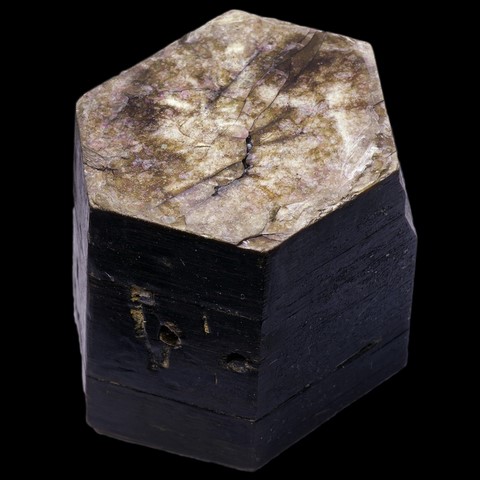What is a phyllosilicate in mineralogy ?
Phyllosilicates : definition
Phyllosilicates (from the Greek phyllon, sheet) are, as their name suggests, composed of sheets of SiO4 tetrahedra, each tetrahedron being linked to the others by three of its vertices, cations, and often a water molecule. From this structure, they have inherited an excellent cleavage which allows them to be disintegrated into thin, often flexible and elastic strips.
Phyllosilicates are rich in about 180 minerals including clay minerals (kaolinite, montmorillonite, illites, smectites...), micas (biotite, muscovite, phlogopite, lepidolite...), talc, chlorites, serpentines.
They constitute a major subclass by their geological importance : they are indeed very often the products of the alteration of rocks and are found in thesoils for which they are responsible for the characteristics, and by their numerous industrial applications.
Phyllosilicates are rich in about 180 minerals including clay minerals (kaolinite, montmorillonite, illites, smectites...), micas (biotite, muscovite, phlogopite, lepidolite...), talc, chlorites, serpentines.
They constitute a major subclass by their geological importance : they are indeed very often the products of the alteration of rocks and are found in thesoils for which they are responsible for the characteristics, and by their numerous industrial applications.



